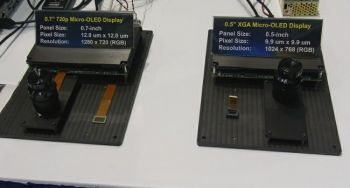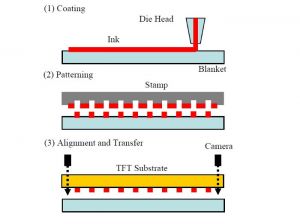Futaba developed a new thin PMOLED panel, will start production towards the end of 2012
 Futaba says they have developed a new thin PMOLED display - in fact it's one seventh as thin as their existing PMOLEDs at 0.29 mm (Futaba's regular PMOLEDs are 2 mm thick). The new display is also much lighter: a 2.7" panel weights 1.3 grams. In order to make these new displays Futaba developed new materials and eliminated the hollow structure used to protect the OLED materials.
Futaba says they have developed a new thin PMOLED display - in fact it's one seventh as thin as their existing PMOLEDs at 0.29 mm (Futaba's regular PMOLEDs are 2 mm thick). The new display is also much lighter: a 2.7" panel weights 1.3 grams. In order to make these new displays Futaba developed new materials and eliminated the hollow structure used to protect the OLED materials.
Futaba will begin mass producing the new displays towards the end of 2012. The new displays will cost about 50% more than Futaba's thicker panels.






